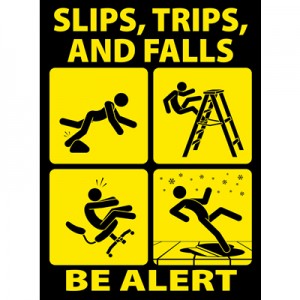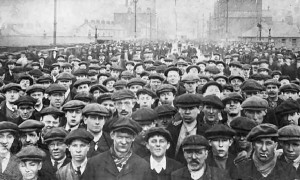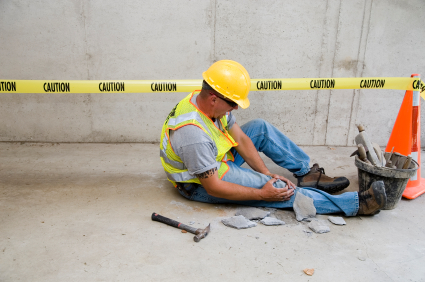 A driver of workers compensation medical costs lies in the number of comorbid factors—diseases or disorders that exist simultaneously, but independently, with another disorder—that injured workers may have that make it more difficult to recover from work injuries. These conditions include systemic problems, such as hypertension, obesity or diabetes. Often, injured workers who have been out of work for a long period of time have lost their medical insurance because their employers can no longer carry them on the books as employees. This lack of insurance makes it difficult for them to afford prescriptions for any of these underlying systemic conditions. These untreated medical conditions then slow recovery from the work injury, which leads to higher costs for the workers compensation carrier.
A driver of workers compensation medical costs lies in the number of comorbid factors—diseases or disorders that exist simultaneously, but independently, with another disorder—that injured workers may have that make it more difficult to recover from work injuries. These conditions include systemic problems, such as hypertension, obesity or diabetes. Often, injured workers who have been out of work for a long period of time have lost their medical insurance because their employers can no longer carry them on the books as employees. This lack of insurance makes it difficult for them to afford prescriptions for any of these underlying systemic conditions. These untreated medical conditions then slow recovery from the work injury, which leads to higher costs for the workers compensation carrier.
via National Trends in Workers Compensation | Risk Management.






